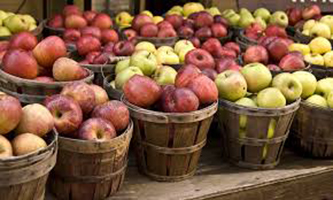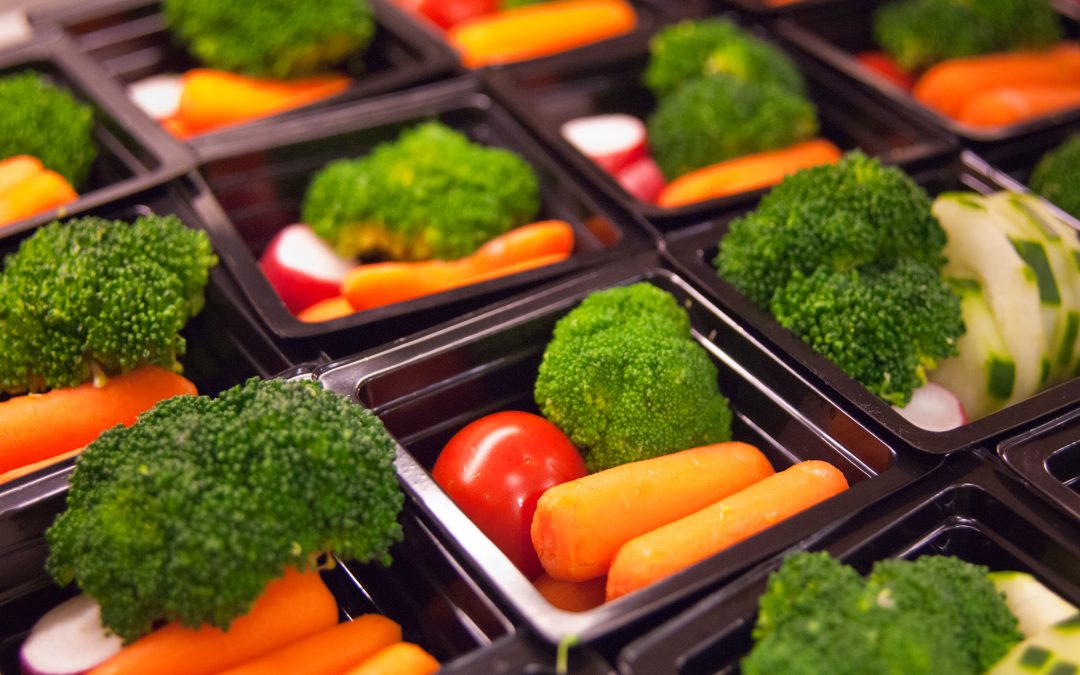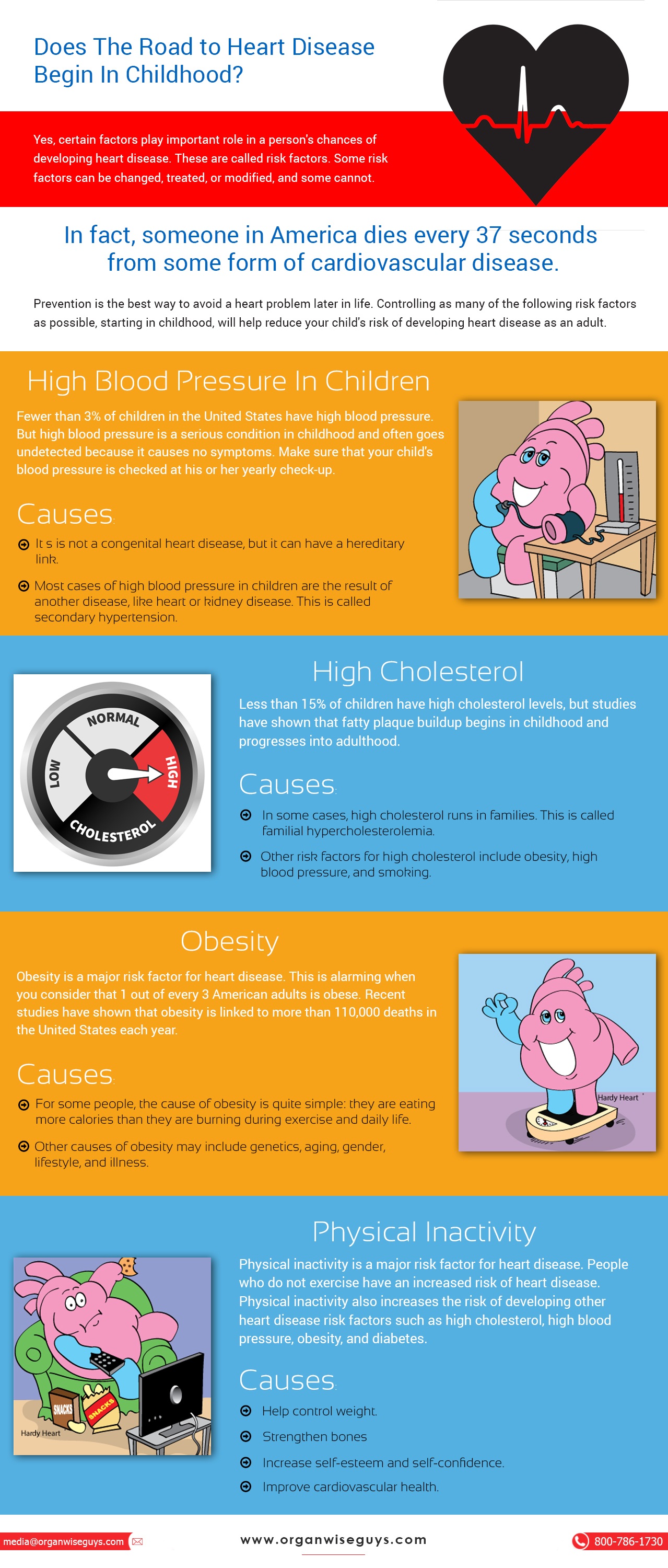
by admin | Oct 26, 2017 | Educator, Healthy Food, Kids, Nutrition
Let’s do an Apple Taste Test for National Apple Month! Apples are also an OrganWise Guys Foods of the Month for October, and the perfect food for the fall season. Apples are such a versatile food that can be used in anything from salads to desserts and they come in so many delicious varieties!
Chew on this interesting apple trivia:
- Americans eat approximately 120 apples apiece each year!
- Apples are nutritious because they contain lots of fiber, vitamins C, B6, and A, and potassium, as well as antioxidants.
- 2500 known varieties are grown in the United States.
- 36 states grow them with Washington, New York, Michigan, California, Pennsylvania, and Virginia being the top production states.
- Apples are available all year round and are a perfect take-along snack anytime!
- Apples don’t require peeling so eat the skin because it contains healthy nutrients.
A taste test is a really fun way to encourage kids to try a small sample of a new food where they may typically be more close-minded about trying new things. This interactive apple taste testing worksheet will help you introduce several different apple varieties and let’s them provide feedback.
We would love to hear about your at-home taste tests! Share with us how it went and include any pictures of the finished worksheets on our Facebook page!

by admin | Sep 30, 2017 | Educator, Healthy Food, Nutrition, Recipes
Did you know that you can substitute whole wheat flour for white flour when baking? What better time that September, when whole grains are a Foods of the Month, to try this out?!
ICYMI, whole wheat is a subset of whole grain that strictly applies to wheat products. So when a product is labeled whole grain, it means that it includes the entire kernel of the grain – including the outer bran layer, the germ (the part that can sprout into a new plant), and the inner, starchy endosperm. Refined grains, on the other hand, only include the endosperm; that’s why whole grains generally take longer to cook.
One of our favorite ways to get more whole grains (organic is best) is by swapping out white flour for whole wheat flour in pizza dough. The great thing about making your own pizza dough is that you can make a big batch and store it in the fridge, to create various healthy dinners throughout the week. To make whole wheat pizza dough, we recommend using half whole wheat flour and half white flour in your favorite pizza dough recipe. By leaving some white flour, the dough is not too dense, but you still get the fiber benefits of whole wheat flour. Combine your flour with yeast, hot water, a little salt and sugar, some extra virgin olive oil and mix thoroughly.
Now, what to do with your healthy homemade pizza dough? Get a little more creative than a regular pizza and try making a calzone or Stromboli! To make these traditionally fatty dishes healthier, spread a thin layer of tomato sauce on the dough, add organic cheese, and then top with tons of veggies like tomatoes, peppers, onions and spinach. Carefully roll it up, and put in the oven at 375 degrees for 35 minutes. Enjoy!

by admin | Feb 15, 2017 | Educator, Nutrition
As parents and as educators, we have the responsibility to help our children make good choices in a variety of contexts: social, emotional, and intellectual. That same responsibility also extends to nutrition since we want children to develop healthy habits relative to what they eat and how much. Those good habits help to provide the necessary fuel for learning but will also serve them well throughout their lifetimes.
According to the Centers for Disease Control and Prevention, “The percentage of children aged 6-11 years in the United States who were obese increased from 7 percent in 1980 to nearly 18 percent in 2012. Similarly, the percentage of adolescents aged 12-19 years who were obese increased from 5 percent to nearly 21 percent over the same period. For adolescents, the percentage of children who are obese has more than quadrupled in the past 30 years.” Clearly childhood obesity is a problem.
Five years ago, Congress passed legislation that transformed how the nation’s public schools feed students. The Healthy Hunger-Free Kids Act required these schools to serve more fruits, vegetables and whole grains, and less sugar, fat and salt. These requirements align with the most recent 2015-2020 Dietary Guidelines published by the U.S. Departments of Health and Human Services (HHS) and of Agriculture (USDA). These two federal agencies must jointly publish a report every five years containing nutritional and dietary information and guidelines for the general public. The statute (Public Law 101-445, 7 U.S.C. 5341 et seq.) requires that these Dietary Guidelines be based on the most current scientific and medical knowledge.
The Guidelines, which are detailed below, support parents and schools in their efforts to help children learn good eating habits:
- Follow a healthy eating pattern across the lifespan. All food and beverage choices matter.
- Choose a healthy eating pattern at an appropriate calorie level to help achieve and maintain a healthy body weight, support nutrient adequacy, and reduce the risk of chronic disease.
- Focus on variety, nutrient density, and amount. To meet nutrient needs within calorie limits, choose a variety of nutrient-dense foods across and within all food groups in recommended amounts.
- Limit calories from added sugars and saturated fats and reduce sodium intake. Consume an eating pattern low in added sugars, saturated fats, and sodium. Cut back on foods and beverages higher in these components to amounts that fit within healthy eating patterns.
- Shift to healthier food and beverage choices. Choose nutrient-dense foods and beverages across and within all food groups in place of less healthy choices. Consider cultural and personal preferences to make these shifts easier to accomplish and maintain.
- Support healthy eating patterns for all. Everyone has a role in helping to create and support healthy eating patterns in multiple settings nationwide, from home to school to work to communities.
This same general framework guides the preparation of meals served in public schools. Breakfasts and lunches prepared in your child’s cafeteria must not only meet these Dietary Guidelines for Americans but also comply with the specific federal nutrition requirements of the Healthy Hunger-Free Kids Act. If they are found to be out of compliance, schools lose their federal reimbursement for some of the major costs associated with feeding public school students.
This means that your child’s school must provide him or her with the right balance of fruits, vegetables, low-fat or fat-free milk, whole grains and lean protein with every meal. Meals served must also limit the amount of sodium, calories and unhealthy fat contained in all foods served. There are also standards that apply to all foods and beverages sold in school during the school day at times other than breakfast and lunch. Foods sold in vending machines, snack bars and a la carte lines, for example, must also meet standards established in 2014 and provide healthy choices for your child.
Since the new standards took effect in 2012, school districts have worked hard to adjust, devising more effective ways to serve food that is healthful as well as appealing. Many have developed salad bars with more diverse and interesting choices, introduced a range of spices besides salt, and increased the use of frozen vegetables rather than canned, to improve taste and lower sodium content. If you want more information, contact your child’s school for menus, nutritional guidelines and other details. By working together, you can make a difference in your child’s eating habits now and throughout their lifetime!
by admin | Dec 9, 2016 | Educator, Healthy Heart
Adults are more vulnerable to heart diseases than young children. And it is equally true that food and lifestyle habits started in childhood can lead to the heart health or a lifetime of heart damage.Did you know? Cardiovascular diseases claim a life every 37 seconds in the USA.
Today, American children are growing up with health conditions like obesity, accumulation of fat deposits in the arteries, fluctuations in cholesterol levels, high blood pressure and diabetes. Needless to say these health conditions trigger cardiovascular diseases in adulthood. Heart disease can be inherited, meaning that a child is prone to the risk if there is a heart disease of stroke in his family.
Encouraging your child for healthy food and workout can reduce the risk of heart disease. If heart disease in your family history, consult with your child’s health care provider and check the cholesterol and blood pressure regularly.
Go through the infographic given below to know the risks causing heart diseases and the ways you can deal with them.

by admin | Dec 29, 2015 | Educator, Grown Up

Most of us create resolutions at the beginning of a new year. After all, it’s a great time to make behavior changes and start off the year with healthier habits than you left behind the year before. Many resolutions are unkept because they are too ambitious and cannot be adhered to after the first week.
Here are 5 simple ways to a healthier 2016:
- Eat breakfast – This seems simple, right? Many people think skipping this all-important meal will help in weight loss goals, however, getting your day started with a healthy breakfast is the best thing for you.
- Ease into exercise – Start out with smaller goals such as taking a walk after dinner, or a quick run with the dog before or after work and then work up to more intense exercise sessions.
- Find a workout partner – It is easier to stay committed when you have someone keeping you accountable. If you know your best friend is going to be waiting for you at the gym, you are more likely to go!
- Cook with simple swaps – Try healthier versions of your favorite dishes by substituting lower-fat alternatives! Turkey sausage, low-fat cheese, and greek yogurt are a few examples of some tasty swaps! Check out some of our favorite healthy ingredient substitutions.
- Engage with family – There is nothing better than spending quality time with family except for fitting in physical activity while bonding! Take a family walk or weekend hike and you will see how good it feels for the entire family to be healthy!
While we’re talking about simple ways to a healthier 2016, if you haven’t come up with your new year’s resolutions yet, download this resolutions worksheet for you and your kids. Make it fun, and make sure to be creative, yet realistic.
Remember, slow and steady wins the race! It’s the small things that can make a big difference, so commit to a healthy 2016 now!
What resolutions do you hope to accomplish this year?
by admin | Dec 22, 2015 | Educator
Today we continue our gardening series with Dr. Mary Ball, PhD, who after a 40-year career as a college biology professor, became a Tennessee Master Gardener and enjoys gardening with kids. Dr. Ball has helped secure funding for gardening, nutrition education, and hundreds of dollars worth of donated seeds to schools and afterschool programs in rural East Tennessee.

Many people have never eaten beets, much less grown them, but they are both nutritious and easy to grow! In the process of growing beets, both kids and “newbie” gardeners can learn a lot that they can use in growing other veggies.
Here are some helpful lessons for growing beets:
Lesson #1: Get to know each of your veggies – their cold and heat tolerance, soil depth needed, how to know when they are ready to pick, when they reach their peak of flavor, and how available “varieties” differ. (Tip: Learn to read seed packages in detail!)
- You can grow beets earlier in the Spring and later in the Fall than most veggies because beets can tolerate a light frost.
- Beets can be fun for kids to grow because the seeds (actually seed clusters) are big enough for them to hold and to practice spacing them out. But multiple plants can grow from one seed cluster, so thinning is important.
- Beets are sweetest and most tender when harvested at the size of golf balls, so you can grow them in raised beds.
- Several different types of “table beets” can be planted, producing different colors of roots, stems, and even leaf veins!
Lesson #2: Plan ahead for crop rotation – wait at least 3 years before replanting families in the same place so that insect lifecycles are disrupted, soil-borne diseases don’t build up, and weeds don’t become established.
- Beets are in the same family with Swiss Chard (which is sort of a beet with no bulb) and Spinach. So plant these together but plan to alternate their location among 3 different beds on years 1, 2, and 3.
Lesson #3: Plan ahead for harvesting and preparing your harvest.
- Judge the size of the root by looking at the “shoulders” that stick up above the ground. Harvest when golf ball size.
- All parts of the plants are edible and the root can be stored and prepared in many different ways!
Lesson #4: Collect and share “recipes” for creative ways to use the harvest to minimize “waste.”
- After the beets sprout, “thin them” to 1” apart by cutting off the leaves, repeating daily until the remaining plants are 3” apart. The cut-off “greens” can be eaten raw or used in any recipe in place of spinach or chard. Beet greens taste slightly sweet, and are high in potassium, calcium, and vitamin A.
- A search for ways to use beet roots and beet greens as ingredients will yield lots of ways for gardeners and cooks to use them!!
- Even peelings and scraps of these and other veggies can be used to create “paints” and “stampers.” (Red beet juice makes a good dye for wool yarn.) Try applying the paints/dyes to different materials and types of paper!!
Good luck and enjoy!







